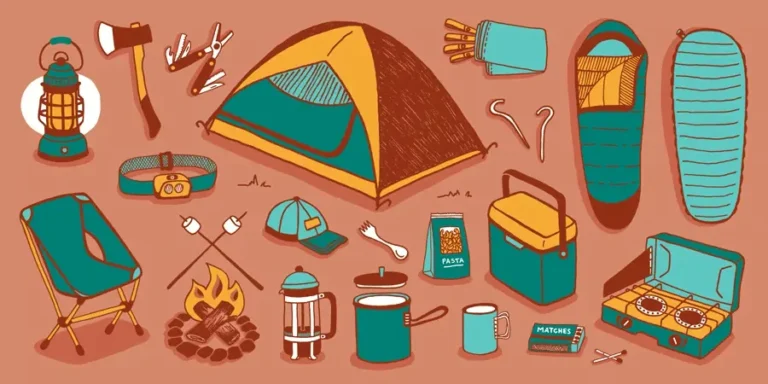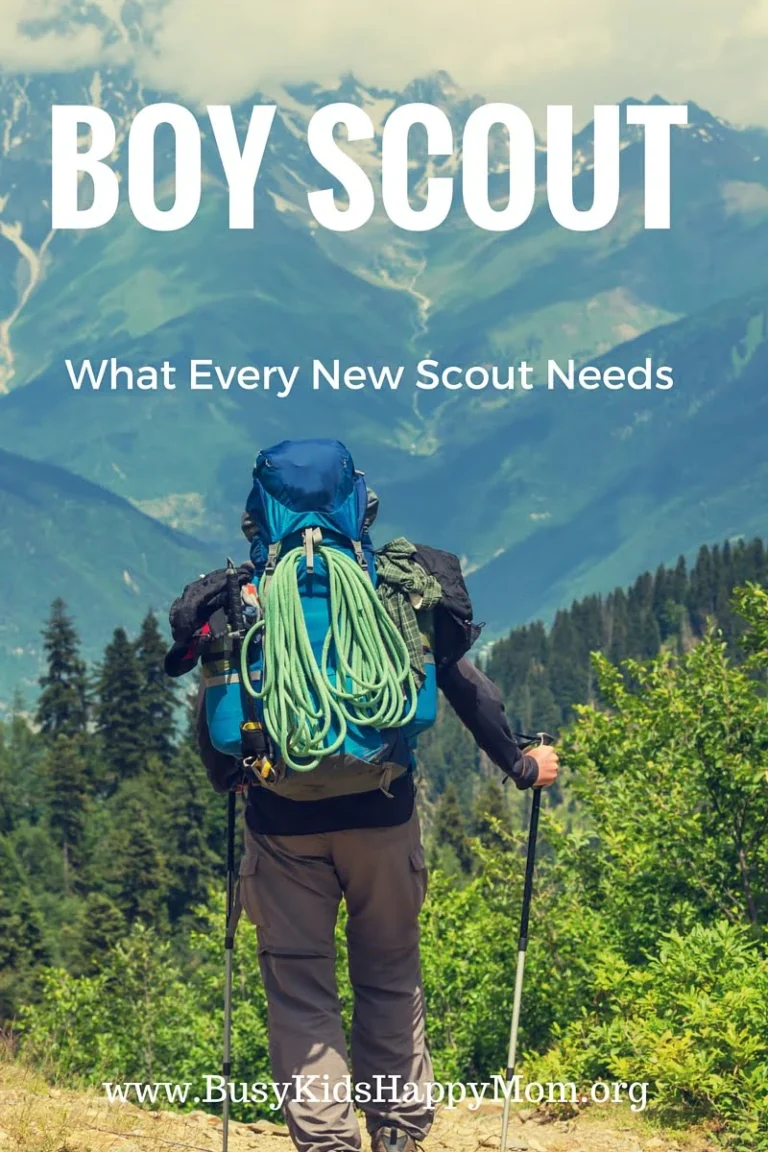Camping
Camping Advancement
Camping is an essential part of Scouting. Every time you go camping, you will be gaining experience and learning skills that will help you along your path to becoming an Eagle Scout. Mastering the skills it takes to excel in the outdoors will teach you discipline and help you grow in character. This is a large part of being a Scout. The first phase of rank advancement is built around these skills and by the time a Scout has reached the rank of First Class they will have learned to prepare themselves for an overnight camping trip, understand what gear to bring, know how to choose a proper location for a campsite, pitch their own tent, and have participated in at least 10 overnight camping trips with their patrol or troop.
Troop 854 - Camping Resources
One of the first skills you will master as a young scout is preparing for a campout. The following resources will be helpful in packing the appropriate personal gear you’ll need to be successful in the outdoors. These printable documents can be used to prepare for your next front-country camping trip. You can also find personal and group camping gear checklists in your scout book under the chapter on Camping. If you are planning for a backpacking trip or back-country trip, you’ll want to adjust what you bring accordingly.
Packing Guides
What to Bring Camping (REI Blog)
A handy blog post from REI discussing what items to pack when going camping. This is not scouting specific but provides a decent idea of what you may want to consider packing for camp. The provided printable packing list is pretty handy, however keep in mind, boys don’t need to pack their own kitchen items.
What Every New Scout Needs
A great resource for new parents discussing packing lists, and other helpful hints for sending your young scout away to camp.
Tent Footprints and Cot Layouts
A lot of parents ask about what size tent they need to buy their scout. This diagram shows various tent footprints along with typical cot arrangements. Usually scouts will be tenting with at least one tent partner, so this helps visualize various layouts your Scout may have in different size tents. Remember you typically want a 4-6″ perimeter around the inside of the tent to ensure gear doesn’t touch the wall of the tent. This prevents water from wicking through the tent wall and getting inside your tent.
Backpacking
Backpacking is a high adventure activity that offers Scouts an unparalleled connection to the outdoors. Troop 854 is lucky to have several adult leaders who are experienced in the backcountry. The Troop has a long history of backpacking opportunities, and scouts agree that these trips are some of the highlights of their scouting career. Participating in a backpacking trip with the troop is not only a fun activity, it also helps a scout complete several requirements on their way to earning the rank of Eagle Scout.
Backpacking trips are more strenuous and require a certain level of strength and stamina to be successful. For this reason we typically have age restrictions to ensure the scout is prepared for the journey ahead. Most of our backpacking trips consist of multi-day treks ranging from 20-60+ miles along varying terrain and landscapes. The boys carry everything they need for the trek in their packs and typically travel 5-7 miles a day through waypoints along the trail. The trail may be challenging but it affords them the opportunity to experience adventure like no other opportunity in scouting.
Backpacking Load-Out
Optimized for space and weight, backpacking gear is generally more specialized than typical camping gear. Our leaders can offer guidance on borrowing, renting, or purchasing equipment needed for a successful backpacking load-out. General guidelines recommend that the total pack weight should not exceed 20% of your body weight. This means that if you weigh 150 lbs, your pack should not exceed 30 lbs. This can be a difficult requirement for smaller scouts, and is why we typically have age restrictions for these activities.
When packing for a backpacking trip items are separated into different classifications. Your base weight will be all the items in your pack (including your pack) minus consumables, such as water, food and fuel. For multiple day trips you’ll require more consumables to extend the trek for multiple days. Even on these longer day treks you’ll want to keep your pack weight to 20% of your body weight, so adjusting your base weight can help you add more water, food, or fuel necessary to extend the trip. Online tools, such as packwizard, can be a great way to organize your load-out and see exactly how your weight is being distributed. You can also research other people’s load-out and see what gear other people recommend to minimize your base weight.






